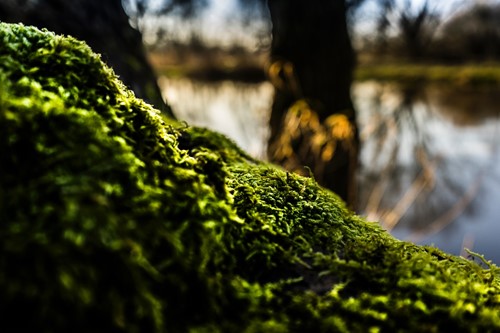
For homeowners with grass lawns, moss can be a problematic weed. Lawn moss appears in shady, damp areas and spreads quickly because it doesn’t need seeds to reproduce. Luckily, there are options for cleaning up a mess of moss.
Here is a basic guide to removing existing moss and preventing future moss growth in your lawn:
Moss has very shallow roots, making it easy to remove with a rake. This process works best when the surface is moist, so try it after watering the lawn.
For future moss prevention, “dethatching” and aerating the lawn is a process that can help. Getting rid of thatch, or the layer of dead grass tissue between the roots and new growth, helps improve air and moisture circulation in the lawn.
Unfortunately, most popular herbicides used for weed control don’t control moss. However, there are some formulas specifically labeled as “moss killers” and contain the right amount of chemicals needed to target and kill moss growth.
If you want to avoid using a chemical moss killer, you can make a DIY solution with household products like baking soda or dish soap. Mixed with water and put into a garden sprayer, these can work just as well as the store bought chemicals.
Moss is an opportunistic weed, and will often appear in already sparse areas of the lawn. If the type of grass you have planted struggles to survive in the shade, consider replacing it with a shade-tolerant variety to keep the moss at bay. Tall fescue grass is an example of a grass type that can crowd out moss growth once established.
There are more than just these methods for removing and preventing lawn moss. However, starting with these basics will help you get rid of moss and ensure your lawn is full of healthy grass.

"Buy, Sell, Invest with Confidence"
Whether you're in the research phase at the beginning of your real estate journey or you know exactly what you're looking to do, you'll benefit from having a real estate professional by your side. I'd be honored to put my real estate experience to work for you.